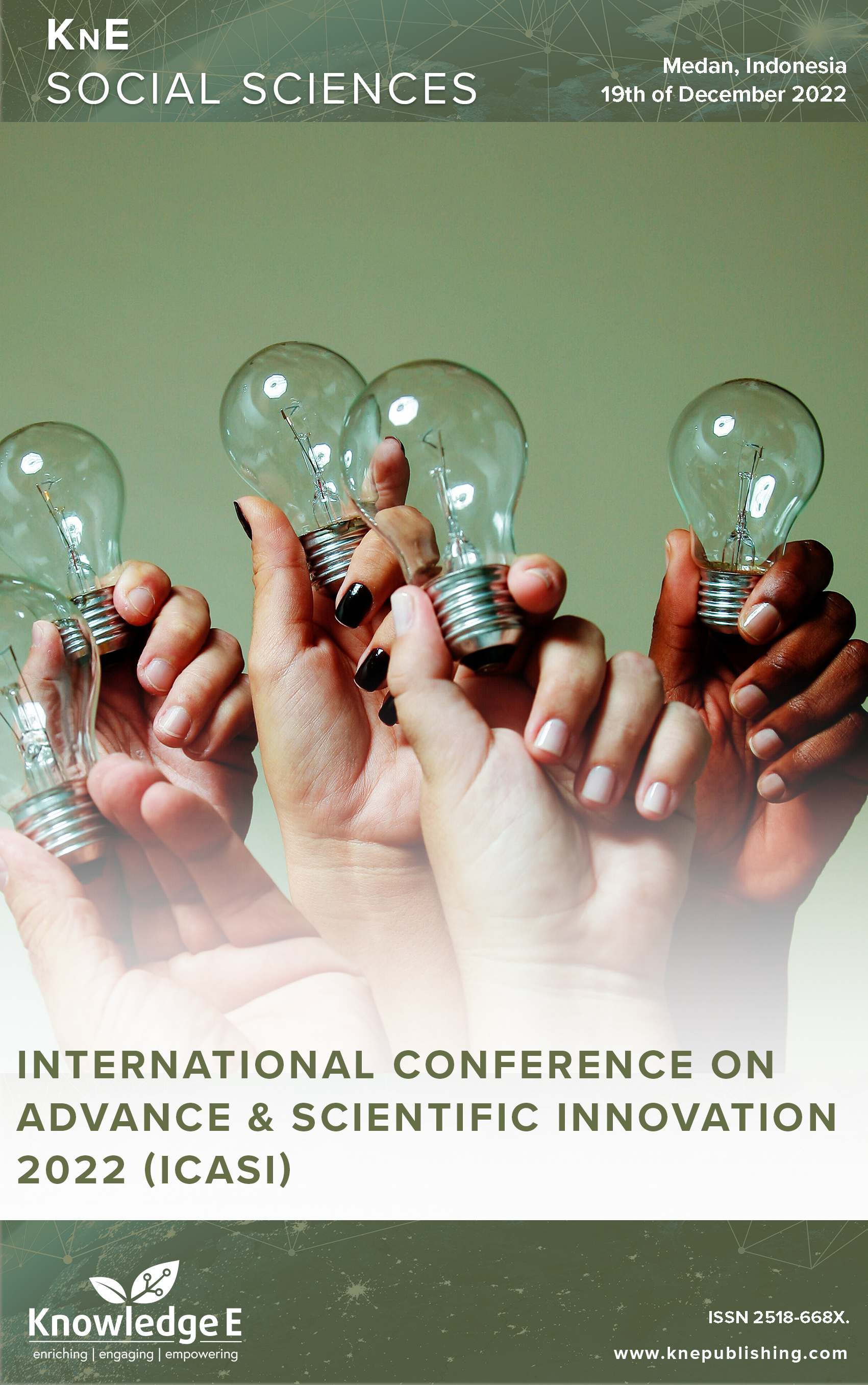The Language Attitudes of Indonesian Language Teachers Toward the Acehnese Language
DOI:
https://doi.org/10.18502/kss.v8i9.13327Abstract
Language attitudes are one area in sociolinguistics that needs to be explored. This research highlights the language attitudes of Indonesian language teachers and lecturers in Banda Aceh city toward their own mother tongue, the Acehnese language. This paper aimed to figure out the attitudes of teachers as native speakers of the Acehnese language and their language of preference in the educational context. The novelty of this research lies in the object of the research, that is, teachers, keeping in mind that recent publications about language attitudes have only revolved around students or parents. In executing the research, the researchers opted for qualitative methods to describe the phenomenon under study. The researchers used a descriptive approach to link, depict, and formulate the results and discussion. Questionnaires were used openly and closely to interview the respondents. The results of this research explained that Indonesian language teachers demonstrated strong, confident, affirmative, and flexible attitudes toward the Acehnese language.
Keywords: sociolinguistics, language attitudes, language usage, Indonesian language teachers
References
[2] McKenzie RM, McNeill A. Implicit and explicit language attitudes. 2022;(August):2022.
[3] MacGregor-Mendoza P. “The study of language attitudes.” In: New approaches to language attitudes in the Hispanic and Lusophone world. no. April 2020. Alcala CM, Ed. Arizona: New Mexico State University Press; 2020. pp. 256– 272. https://doi.org/10.1075/ihll.25.11mac
[4] Bou MM, Commission E. “Attitude is everything language attitudes and language choice in the Mireia Martínez i Bou.” no. October, 2015. https://doi.org/10.13140/RG.2.1.3163.2084
[5] Jahidin M. “Profesionalisme Guru dan Status Sosial Ekonomi Orangtua Dengan Prestasi Belajar IPA.” J Penelit dan Penilai Pendidik. 2016;1(2):153–167.
[6] Aziz ZA, Yusuf YQ, Aulia N. Acehnese attitudes towards their heritage language: A qualitative, inter-generational study. Qual Rep. 2021;26(8):2631–2647.
[7] Al-Auwal TM. Reluctance of Acehnese youth to use Acehnese. Stud English Lang Educ. 2017;4(1):1.
[8] Teuku Alamsyah MI, Taib R, Azwardi. “Choosing Indonesian as the children’s first language in the family of Acehnese community who are Acehnese native speakers in Nanggroe Aceh Darussalam.” Malay Lang J Educ. 2011;31–44.
[9] Brooks H, Bee P, Rogers A. “Introduction to qualitative research methods.” A Res Handb Patient Public Involv Res. 2019;2009:401– 417. https://doi.org/10.7765/9781526136527.00012
[10] Hornberger NH, Putz M. “Language loyalty, language planning and language revitalization: Recent writings and reflections from Joshua A. Fishman.” Biling Educ Biling. 2006(September 2007):272. doi: https://doi.org/10.1111/j.1467-9841.2007.00337
[11] Myers-Scotton C. Codeswitching with English: Types of switching, types of communities. World Engl. 1989;8(3):333–346.
[12] Janks H. Language. Power and pedagogies; 2010.
[13] Roos R. Language attitudes in the second language situation. Per Linguam. 2013;6(2): https://doi.org/10.5785/6-2-350
[14] Dong J. Study on gender differences in language under the sociolinguistics. Can Soc Sci. 2014;10(3):92–96.
[15] Rajend Mesthrie WL, Swann J, Deumert A. Introducing Sociolinguistics. 2nd ed. Edinburgh: Edinburgh University Press; 2000.
[16] Faizin A. Sociolinguistics in language teaching. Mabasan. 2019;9(2):66–77.
[17] De Benedetto M. Gender and language. Eur J Law Reform. 2020;22(1):49–60.
[18] Hornberger N. Sociolinguistics and language education. 1st ed. Salisbury; 2010. https://doi.org/10.21832/9781847692849
[19] Kamwangamalu N. Multilingualism and codeswitching in education. In: Mckay SL, editor. Sociolinguistics and language education. Salisbury; 2010. p. 128.
[20] Hobsbawm BY. Language, culture, and national identity. Soc Res (New York). 1996;63(4):1065–1080.

